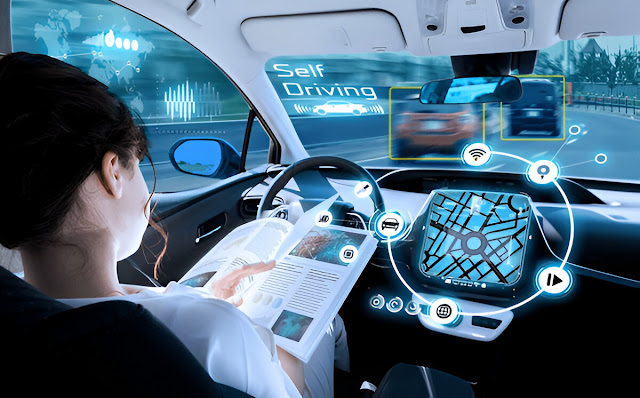The rapid advancement of artificial intelligence has brought autonomous or self-driving vehicles into the spotlight. Currently, only a few companies like Cruise and Waymo offer these services in the U.S. Public trust and acceptance are crucial for their widespread adoption, but approximately 70% of Americans are afraid of fully self-driving cars, according to a 2024 AAA survey. As technology progresses, the debate around self-driving vehicles intensifies.
### Cons of Self-Driving Vehicles
**1. Machines Lack Human Intelligence**
A study in *Nature Communications* found that accidents involving Advanced Driving Systems occur more frequently than human-driven vehicle accidents, especially under dawn/dusk or turning conditions. While autonomous vehicles (AVs) can drive with more technical precision, they lack human thought, logic, and instincts for split-second decisions. Unforeseen errors in perception and prediction systems can cause AVs to malfunction, making their safety advantages aspirational but unproven.
**2. Privacy and Security Concerns**
AVs are more vulnerable to hacking due to their reliance on complex technologies and increased wireless connectivity. This vulnerability could lead to malware attacks or even external control of the vehicle. Additionally, the extensive data collection by AVs raises privacy concerns, as this information could be used for mass surveillance or war planning by foreign adversaries.
**3. Job Losses**
The shift to AVs could disrupt employment in sectors like public transport, taxi, and delivery services, leading to job losses. Workers with lower education levels and fewer transferable skills may struggle to adapt, exacerbating existing inequalities. Policymakers need to focus on education, training, and reskilling opportunities to mitigate these impacts.
### Pros of Self-Driving Vehicles
**1. Accessibility Solution**
AVs could significantly benefit individuals with disabilities and the elderly by providing independent transportation options. Features like wheelchair ramps could enhance accessibility, and self-driving accessible vans could encourage socializing among those with mobility challenges.
**2. Reduction in Traffic Congestion**
Widespread adoption of AVs could dramatically reduce traffic congestion in mega-cities. AVs can interact intelligently with each other and road infrastructure, optimizing route calculation and road occupancy. This could lead to fewer personal cars, freeing up valuable real estate for green spaces, recreational zones, and pedestrian walkways.
**3. Environmental Benefits**
AVs could help reduce emissions as they use less gas and energy compared to human-driven vehicles. Most AVs being developed are fully electric, making them more environmentally friendly. Additionally, the shared use of AVs could reduce the number of cars on the road, avoiding unnecessary trips and lowering emissions. However, the high computational needs of AVs require significant energy, which needs further research and development to improve efficiency.
In conclusion, while self-driving vehicles offer potential benefits in accessibility, traffic reduction, and environmental impact, they also present challenges in safety, privacy, security, and employment. Balancing these pros and cons will be crucial as the technology continues to evolve.

